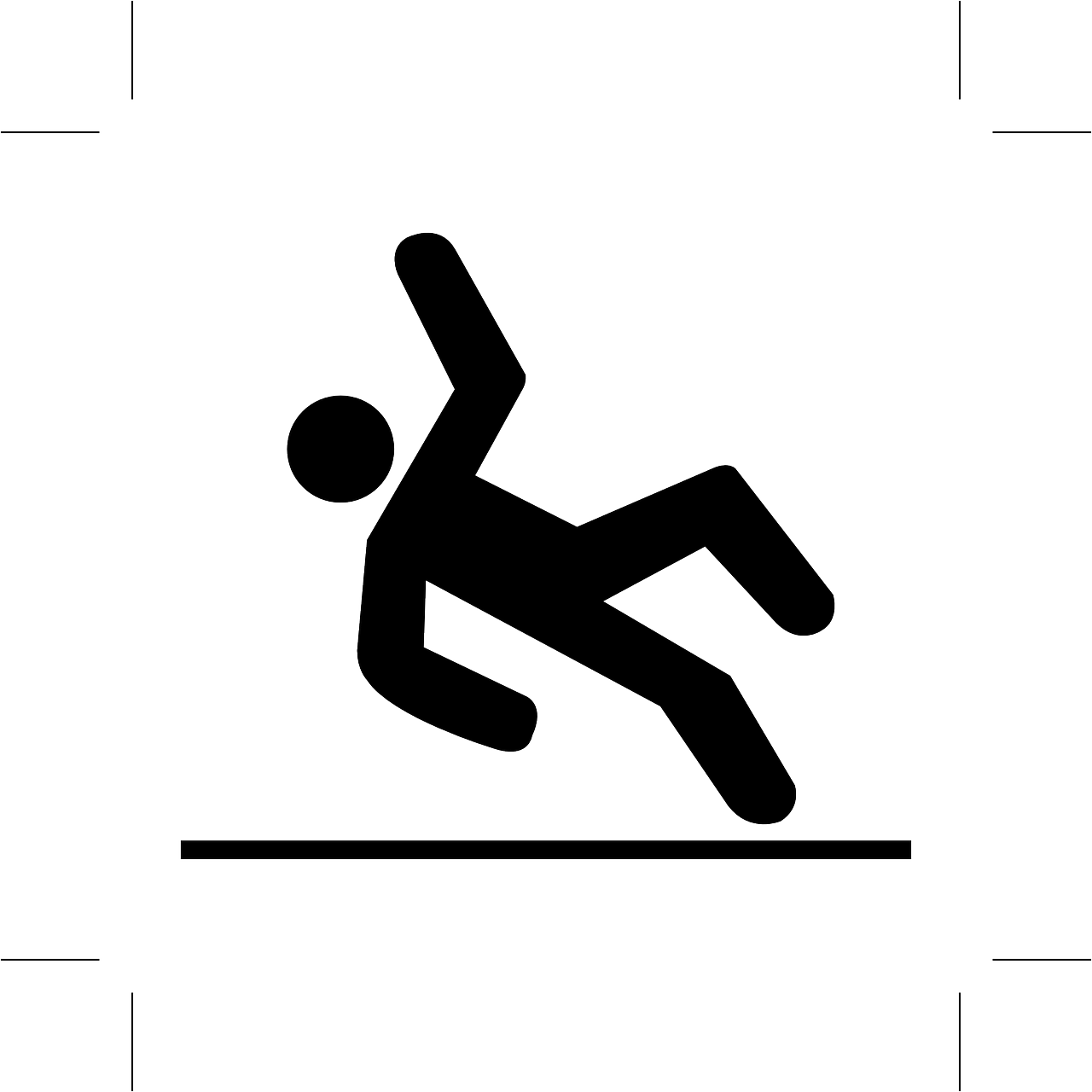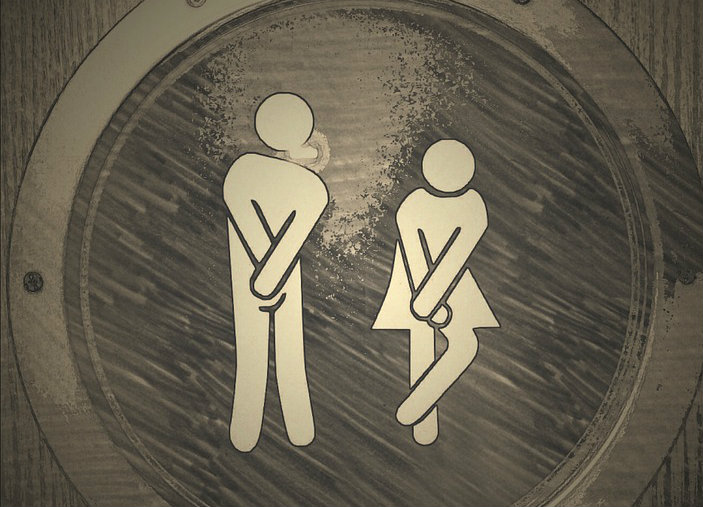Leaving a restaurant the other evening, I was stepping off an unusually high curb. Right cane down, left cane down, swing the right leg, swing the left leg, and … uh-oh. Down I go.
I’d been asking for it. I’d needed to change the electrodes on the Bioness L300 that I use to assist my MS left foot drop and the unit wasn’t working well. My left toe snagged and there was nowhere to go but down.
Fortunately, I wasn’t hurt. Fortunately, I’ve had years of experience falling and I do some things automatically to ease myself to the ground.
I learned how to fall when I took judo lessons as a kid. It’s the first thing you’re taught. When someone throws you over his shoulder and onto the judo mat, you want to do all you can to spread the impact and land on a body part that’s soft, such as your side. Since I began to use a cane I’ve learned to try to let my hand slide down the cane to ease a slow fall. If I’m going down fast I try to toss the cane away from me. Doing this allows me to avoid falling on the hard metal of the cane. It also frees both of my arms to protect my head and makes it easier to try to fall onto my side, rather than on my back.
Some tips from the pros
An article in The New York Times confirms, and adds to, the falling techniques that I learned as a kid. Physical therapists, stuntmen, martial arts instructors, and paratroopers (all of whom know a good deal about falling) agree on a few things, including what I’ve just suggested:
- Protect your head
- Stay loose and don’t fight the fall
- Don’t stick your arms out
- Try to land on your side
Jiujitsu instructor Paul Schreiner says in the Times article: “Accept that you’re falling and go with it, round your body, and don’t stiffen and distribute the energy so you take the fall in the widest area possible.”
The website wikihow.com has put together a well-done series of illustrations about falling properly. Obviously, these are general recommendations. One size doesn’t fit all, but the info should help you grasp the concept.
Physical therapist Jessica Schwartz told the Times, “It’s almost inevitable you are going to fall, so you really should know what to do.”
Do you know what to do? Do you have any “tricks” to pass along that might help others?
(This is a revised version of a post that first appeared as my column on the Multiple Sclerosis News Today website).




Fall last year in my own driveway, put my hand out! A mistake I’ll hopefully never make again, as I broke my left wrist which then had to be in a cast for 8 weeks. I’m an oldster at 64 so I didn’t want surgery so a cast. It was terrible, and it still hurts. Oh well, wish I had seen your post earlier!! Thanks for the original post. It’s helpful to learn how to fall!
Thanks, Susan. I just turned 70 so I totally understand how you feel. Hope you feel better soon.
I’m glad you liked the post.
Ed
It is very useful to know how to fall, thanks for recalling it. Fall on your side had worked for me, no hands or arms out. I may be easier to broke the hand or wrist bones meanwhile your shoulder/upper arm can be tougher.
Thanks for taking the time to comment. I’m glad the post was useful.
Ed
That is all great until you go into a spasm when you fall. My lovely newer thing my MS brought on. As I fall my back spasms instead of loosens. Makes for harder falls. Freaking wonderful trying to fall safe with that one.
When I know I’m going down I try to relax and just crumple down. It’s funny but I get compliments on how gracefully I fall; they don’t mention the curse word I utter on the way down. LOL